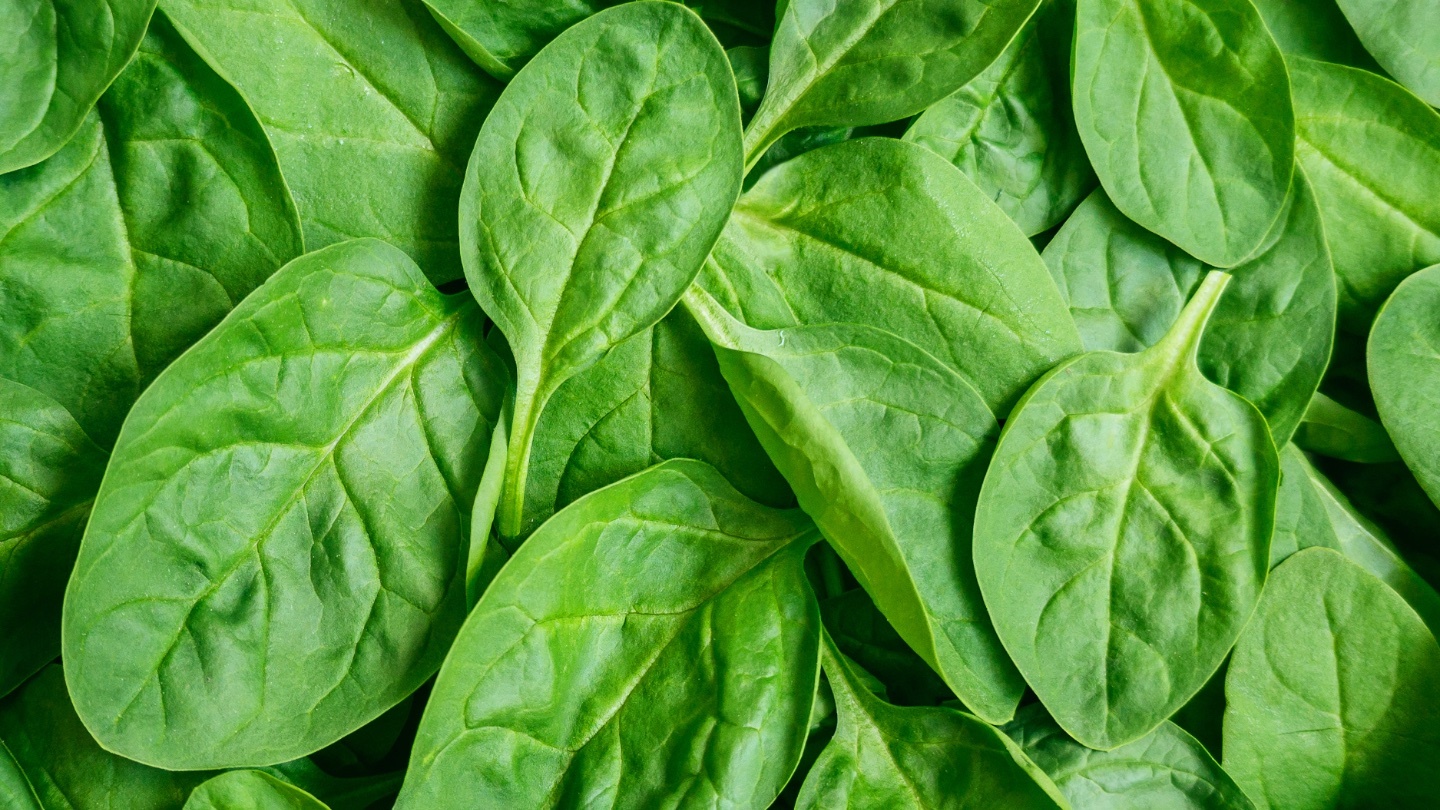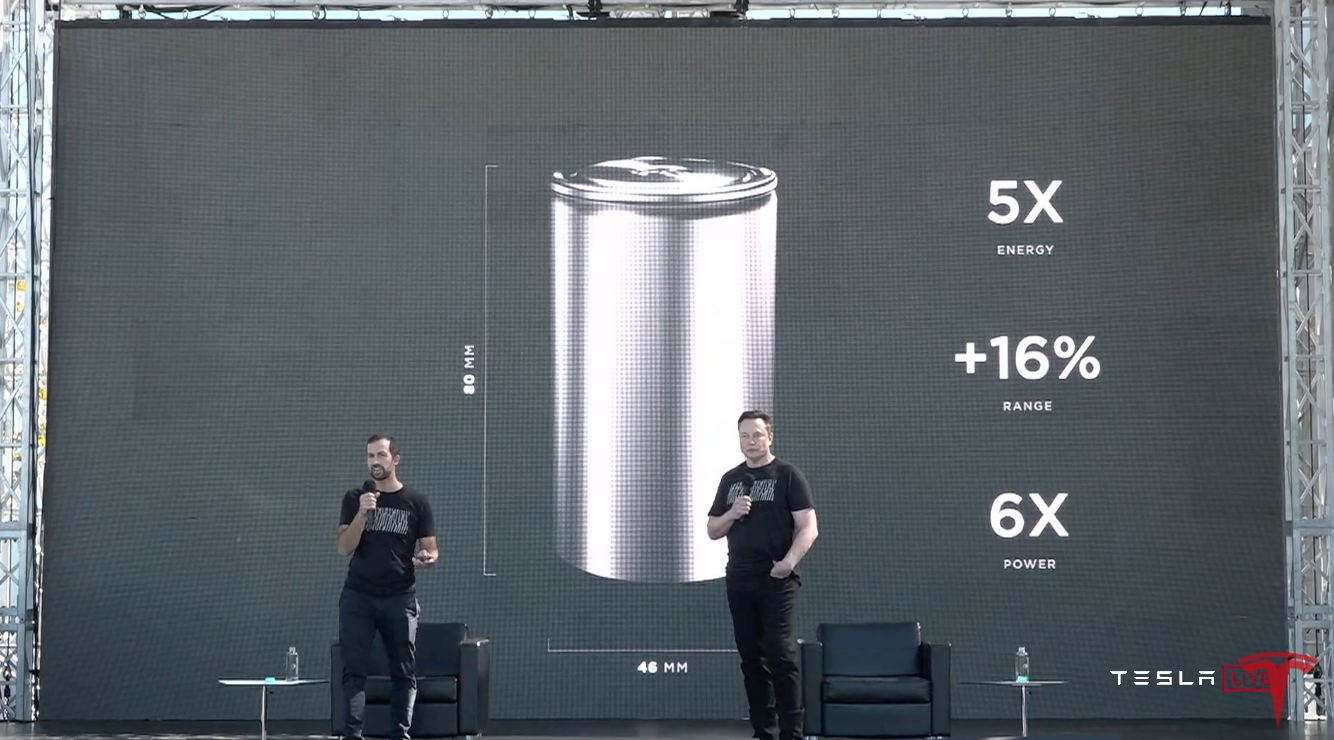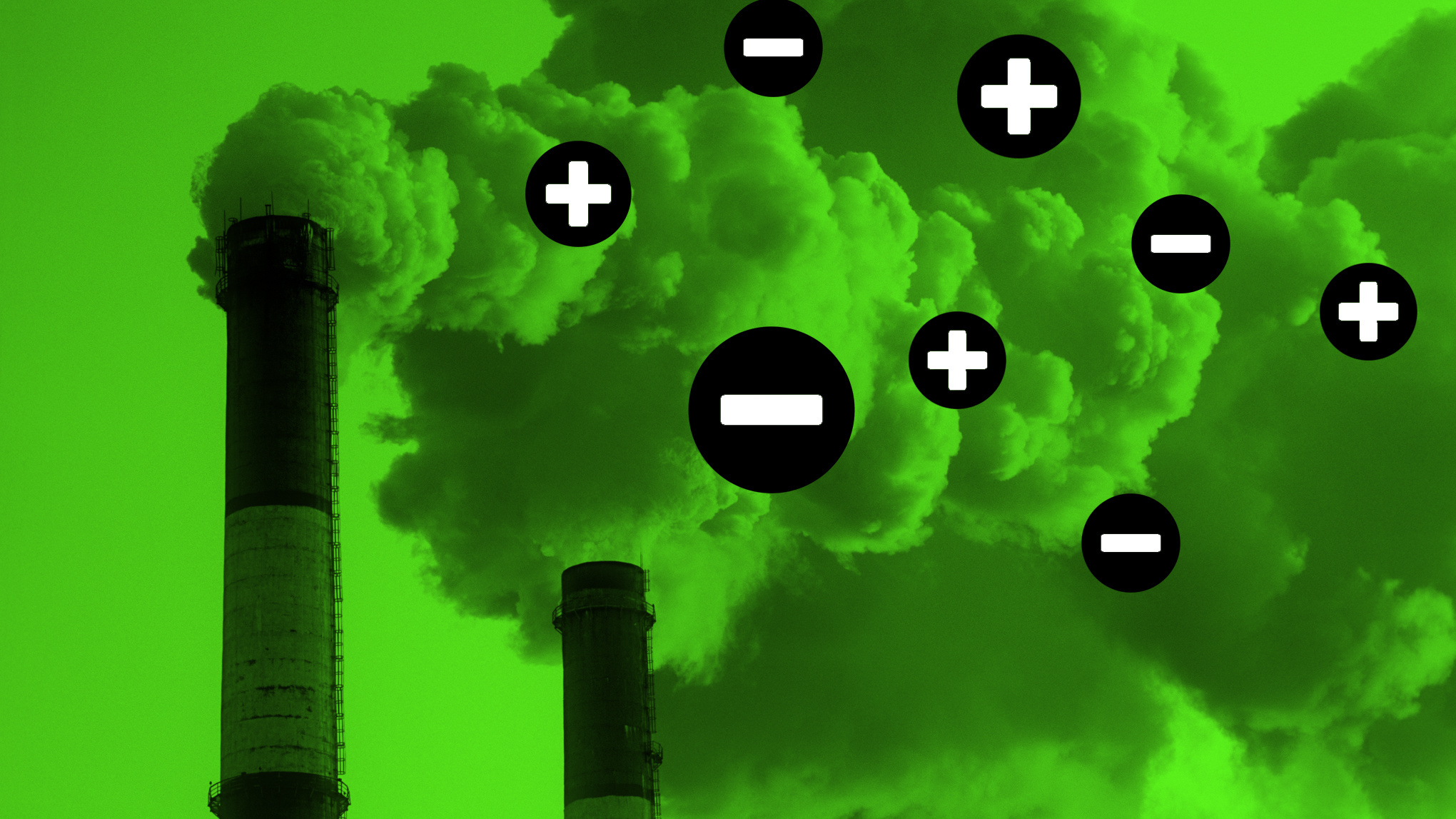batteries
While it’s always been a boon to Popeye’s “muskles,” it looks like spinach may also have a role to play in clean future batteries.
The electric car manufacturer says updates to its battery design and manufacturing process will help lower production costs.
Ever smell a durian fruit? Don’t. Think of it as nature’s stinky battery.
In the near future, we might use the toxic gas to power homes.
Melanin, the pigment-producing part of human skin, may change the way batteries are manufactured and used.




